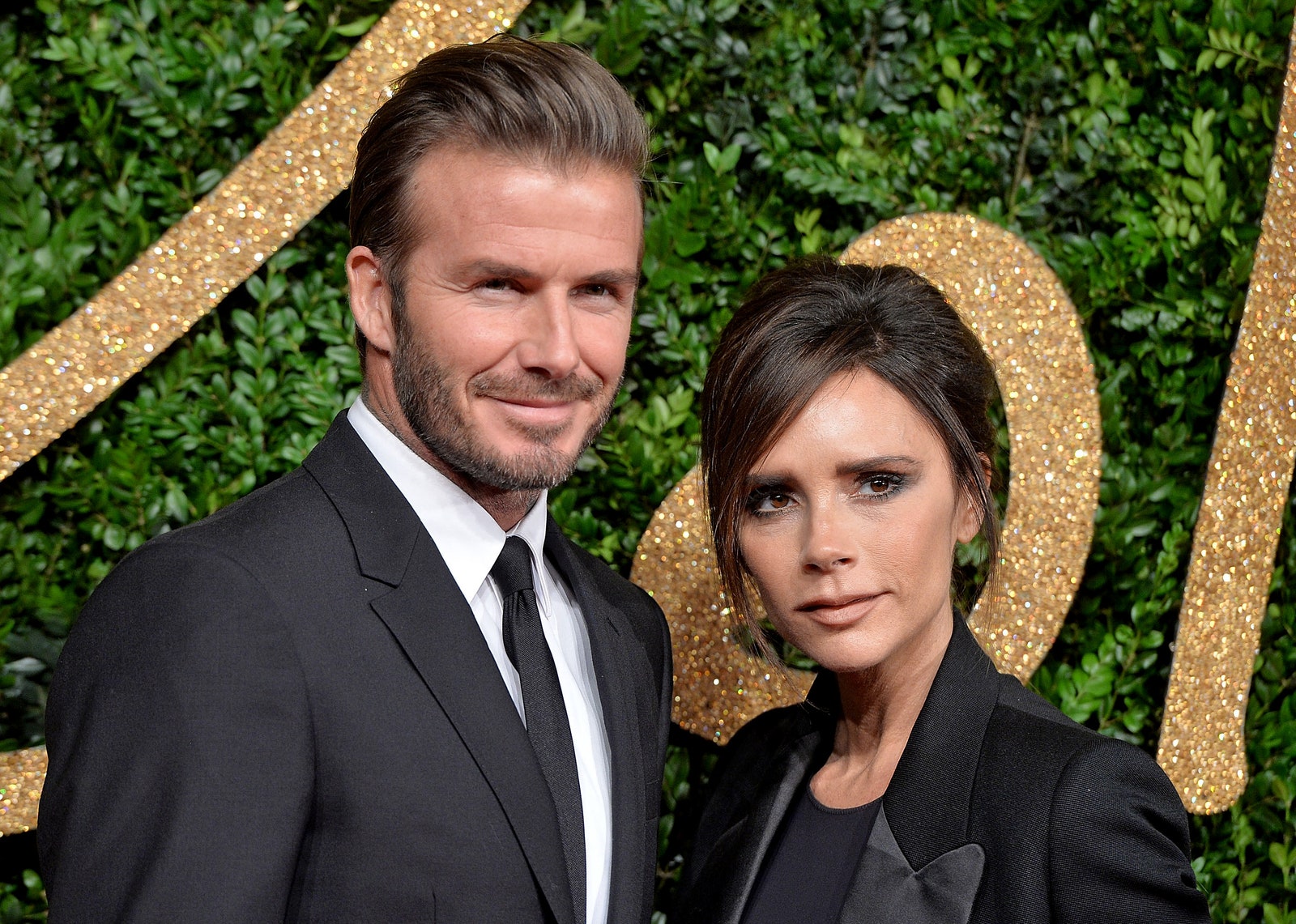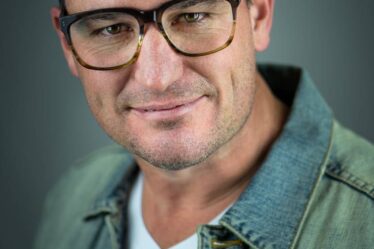
The Beckham documentary about David and Victoria Beckham has taken the world by storm. In the first five days of its release, it had a staggering 12.5 million views and quickly rose to the number one top TV program on Netflix. Understandably, lifting the curtain on one of the world’s most famous families with a deep dive into scandals, affairs and career controversies makes for seriously compelling viewing.
But one of the main focuses following the show? Victoria Beckham’s diet. Google searches for “Victoria Beckham diet” have exploded by 669 percent following the release of the documentary. This is despite the fact that the documentary never once mentions or alludes to her diet, weight, body shape, or size. This analysis was carried out by fitness company Mirafit, while Bulk.com found that searches for ‘Victoria Beckham workout’ skyrocketed by 747 percent just hours after the documentary’s release.
Of course, the media has been quick to pick up on this rising interest and has responded by populating their sites with content around her diet and weight. “Victoria Beckham’s healthy diet: How she maintains her incredible figure,” reads one headline, while another wrote: “Victoria Beckham diet tip is easy morning ritual she swears by for weight loss.”
These are just two of many new articles covering her diet and weight that have appeared since the documentary first aired.
I think it’s important to reiterate that there was no reference to her body shape or size or what she eats within the documentary. What does this tell us? Our collective obsession with women’s bodies shows no sign of waning.
And let me emphasize: women’s bodies. We haven’t seen any significant rise in demand for details of her husband’s diet. In fact, if you search “David Beckham diet” the majority of news stories that appear are actually those written about his wife rather than him.
LONDON, ENGLAND – NOVEMBER 23: David Beckham and Victoria Beckham attend the British Fashion Awards 2015 at London Coliseum on November 23, 2015 in London, England. (Photo by Anthony Harvey/Getty Images)Anthony Harvey/Getty Images



